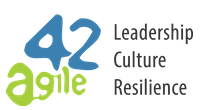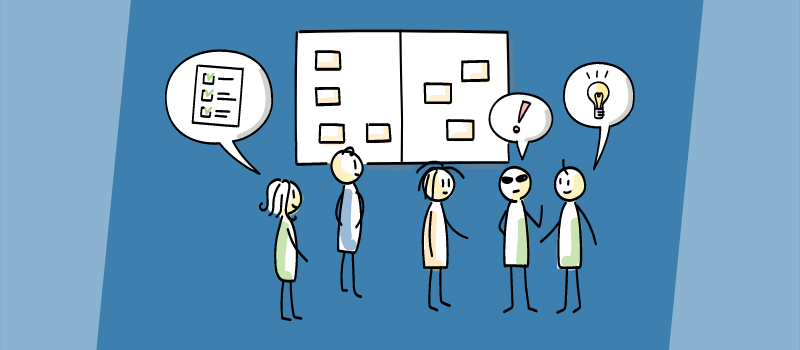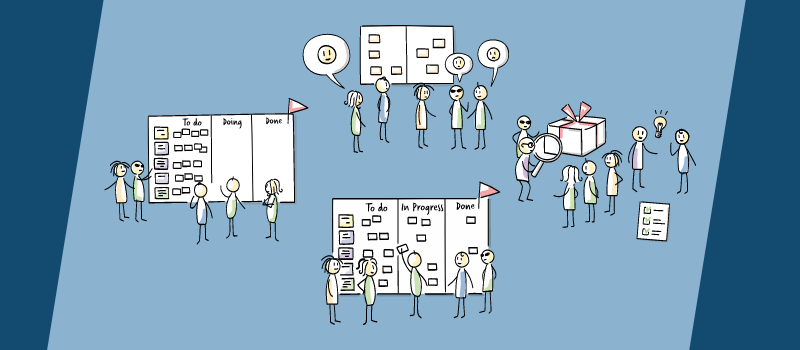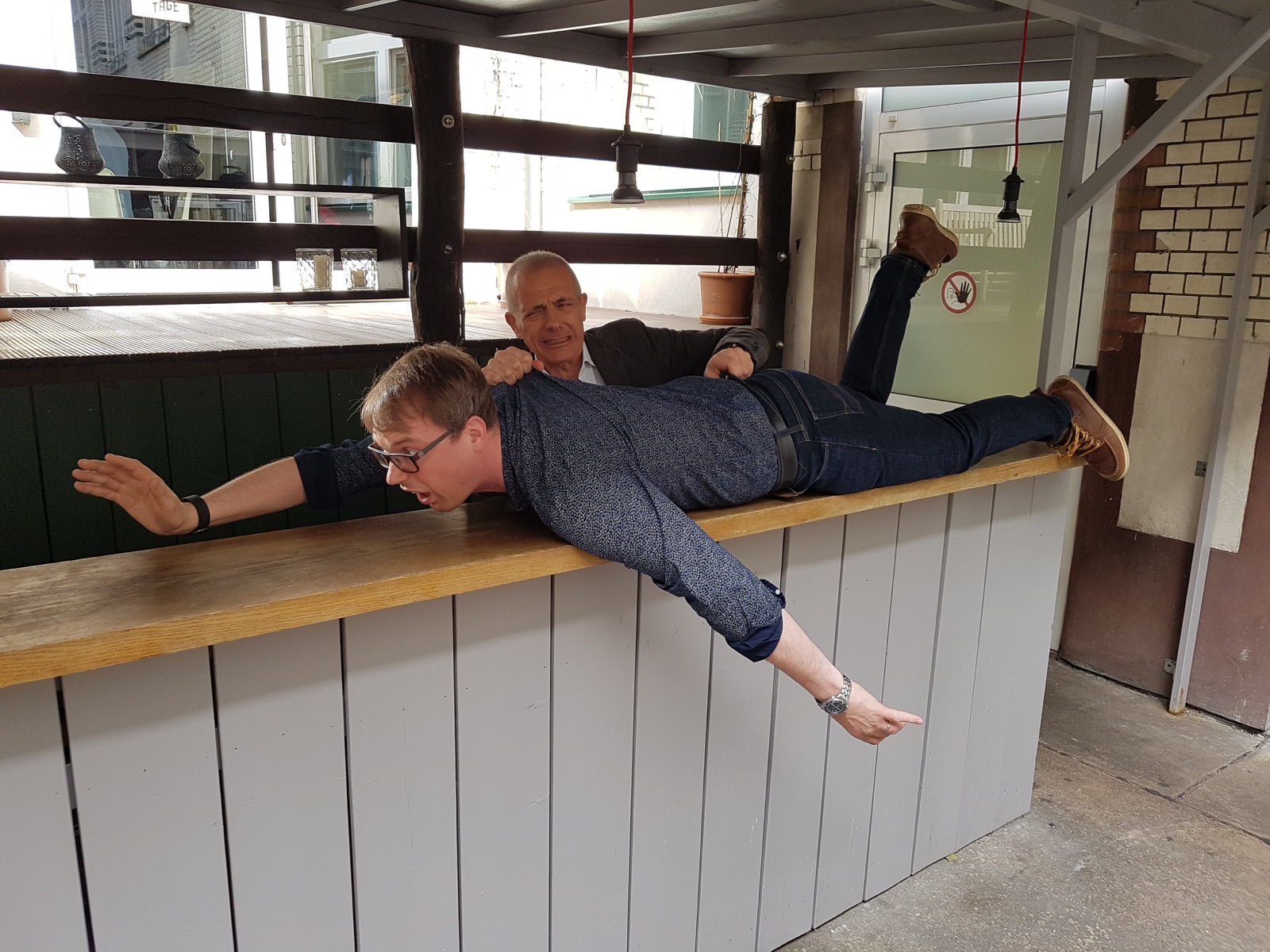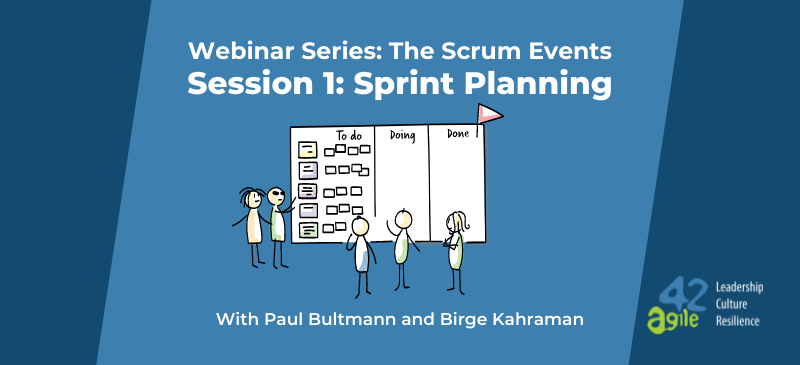11 Ways to Improve Your Retrospectives
Possibly the most important part of your Agile journey is your ability to inspect and adapt. This helps you to constantly iterate and improve your output, methods, processes, and product. A retrospective provides the opportunity to look back on the sprint you’ve just completed and make plans to improve in the future. Here are 11 ways to ensure your retrospectives are successful.
Want to run better retros? Learn how in our online short course, Facilitating Retrospectives
What is a retrospective?
A retrospective is a meeting held for the purpose of reflecting on the product development or workflow process. The aim of a retrospective is to look closely at the processes and products produced during a sprint, discuss these as a team, and decide on a way forward together to drive constant improvement.
A retrospective is also known as a Scrum retrospective, retrospective meeting, a sprint retrospective, or simply a retro.
Why are retrospectives important?
When done correctly, retrospectives can be a catalyst for organisational change as well as team change. They can be a place to build and enable teams, or to help teams start their journey from the best possible place. Team retros can be a place for learning, problem solving, or having fun and motivating each other. This is why it is so crucial to get them right.
Common mistakes in retrospectives
Many retrospectives follow the same formula: the team is all gathered in a room around a small table. The Scrum Master throws some pens and some sticky notes on the table, and the team writes down what went well and what can be improved. They make lists and group the topics together. Often, half the people in the retro aren’t really engaged, and some are on their phones. Most of them would rather be coding.
While this makes sense on the surface level, when you look a little closer you often find the same strengths and weaknesses emerging every time. Actions aren’t always followed through effectively, resulting in a sort of Groundhog Day experience that can be very frustrating for all involved.
If people stop engaging in the meeting and feel that their time is being wasted, then it probably is. If meetings aren’t adding value and actively driving change within the team and the organisation, they aren’t achieving what they set out to achieve, and they need to be stopped or changed.
How to make your retros successful
There are some simple changes you can introduce to vastly improve your retrospectives. Here are our 11 top tips to make your retros successful.
Embrace the five stages of a successful retrospective
Diana Larsen and Esther Derby’s book Agile Retrospectives – Making Good Teams Great lays out five stages of a successful retro.
- Set the Stage: Understand where everyone is coming from today.
- Gather Data: Get the viewpoints of all members of the team so that you can create a shared picture of what is happening.
- Generate Insights: Unpack the data and analyse or look for the root causes.
- Decide what to do: Make sure the team decides what’s most important together.
- Close: Appreciate people’s time and get feedback on how to improve your retros in future.
Your retrospectives won’t always need to include all five stages, but this is an excellent base-line and makes for a good starting point.
Recommended for you: Take an online course on Facilitating Retrospectives
Tailor your retro to your team’s needs
A generic retro structure can be a good start, but if you want to make meaningful improvements you need to make sure you understand the specific needs of your team. The facilitator, coach, or Scrum Master should observe and pay attention during the sprint, project, or whatever cadence the team has. They should be looking closely at how the team works together and any difficulties they’re having. If you’re the Scrum Master, ask yourself:
- What does the team need?
- Is there a specific issue that they are grappling with?
- Are they making their sprint goals?
- How is the level of trust? Have they lost trust in each other or is there a lack of trust between the team and the product owner?
- Are they a new team still finding their rhythm?
- How are the energy levels?

Photo by Jason Goodman on Unsplash
With these answers in hand, you can start to put together a picture of what the team needs: maybe there are big trust gaps in the team that need to be addressed, or maybe they’re lacking resources. Maybe they have just had a hectic series of sprints, and they need to celebrate their wins and not change anything. The only way to find out is to be in tune with your team and the work they’re doing.
Recommended training to boost your skills: Advanced Scrum Master certification
Plan well
Once you have decided on what your team needs to focus on, you need a plan for your retrospective. Spend some time deciding how you are going to divide up the time spent in the retro: are you going to split it into the five phases? Do you need all five phases, or can you skip some? And finally, what are you going to do for each phase?
Break people into smaller groups
Groups of two or three are optimal in a retrospective.It makes it much easier to keep the energy high and keep people engaged. It is also much easier to get things done.
Encourage team members to contribute in their own way
Make sure you are encouraging everyone in the team to contribute in their own way. Many people are tempted to force people out of their comfort zones, such as making introverted employees take the lead on talking. While there is some merit to encouraging people to step out of their comfort zones, remember to play to everyone’s strengths. Someone who doesn’t like talking may prefer to do the writing, do some silent brainstorming in a small group, or get up and take notes on the board. These are valid ways of being engaged, and they bring the best out of people rather than putting them on the spot and causing anxiety.

Photo by Hannah Busing on Unsplash
Have an outcome in mind
A common mistake in team retros is to approach it without a specific outcome in mind, to see what comes up. This lack of structure can be useful on occasion, to allow the team more freedom to explore their experiences. However, most of the time it can make things feel directionless and can get in the way of moving forward. Make sure that there is an outcome for the retrospective and provide support to the team in reaching that outcome. Be careful not to make the change for the team: you want to encourage self-organisation.
Dig deep and find the root cause of problems
If you are only looking at the symptoms of a problem and not understanding the root cause, then you are missing a valuable opportunity for learning and improvement. You will also keep having to deal with the same or similar issues over and over again. This may also result in long lists of policies or agreements set up to change behaviour, but without meaningful change, because the root cause hasn’t been addressed. Analyse and dig beneath the surface, or you may just be wasting your time.
Make use of retrospective games and exercises
There are plenty of places to find great ideas for exercises to do during retrospectives. Diana Larsen and Esther Derby’s book Agile Retrospectives – Making Good Teams Great has a wealth of things to do and is an excellent starting point. There is also a website called Retr-O-Mat that has many ideas for games or exercises. While a game or exercise can be a great way to get creative juices flowing, break the ice, and relax the mood, be careful not to overload your teams with games. The most important thing is to pay attention to what your team needs, make sure your retro flows, and have an outcome in mind.

Photo by Brooke Cagle on Unsplash
Use SMART goals
Remember to not try to do everything at once. One or two key changes are usually more than enough. If a team tries to do everything, they often end up doing nothing. A good idea is to come up with an Action Plan and include a SMART goal. Smart goals are Specific, Measurable, Attainable, Realistic, and Timely.
Get professionals involved
One of the best ways to transform your retrospectives into useful, successful events that the whole team finds valuable is to consult with professionals like the coaches, mentors and facilitators at agile42. Contact us to enquire about our services. We offer them remotely or in-person, and we can set you up for success so you can go forward confidently.
Ask for regular feedback
The easy answer to this is to ask for feedback from the team. At the end of each retrospective, devise a way to get feedback on the retrospective itself and ideas for improvement. There’ll always be someone who will just request pizza, but you will be surprised at the great ideas that are offered if you open the door for honest feedback. As you are asking for continuous improvement from your teams, make sure that you are also looking to continuously improve yourself and your retrospectives.
Finally, remember, if you are having fun, chances are others are too. Sometimes we need to be serious and sometimes we just need to have fun.
